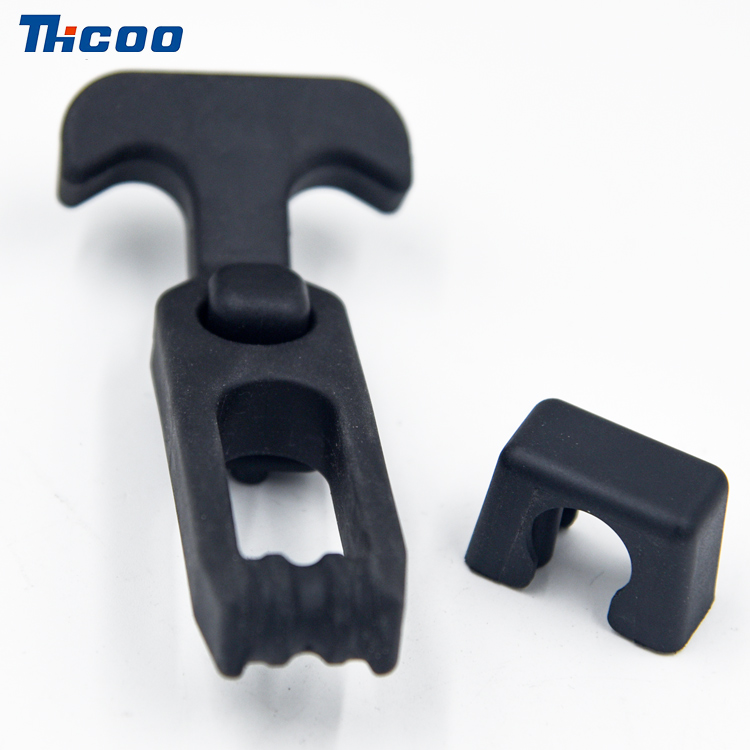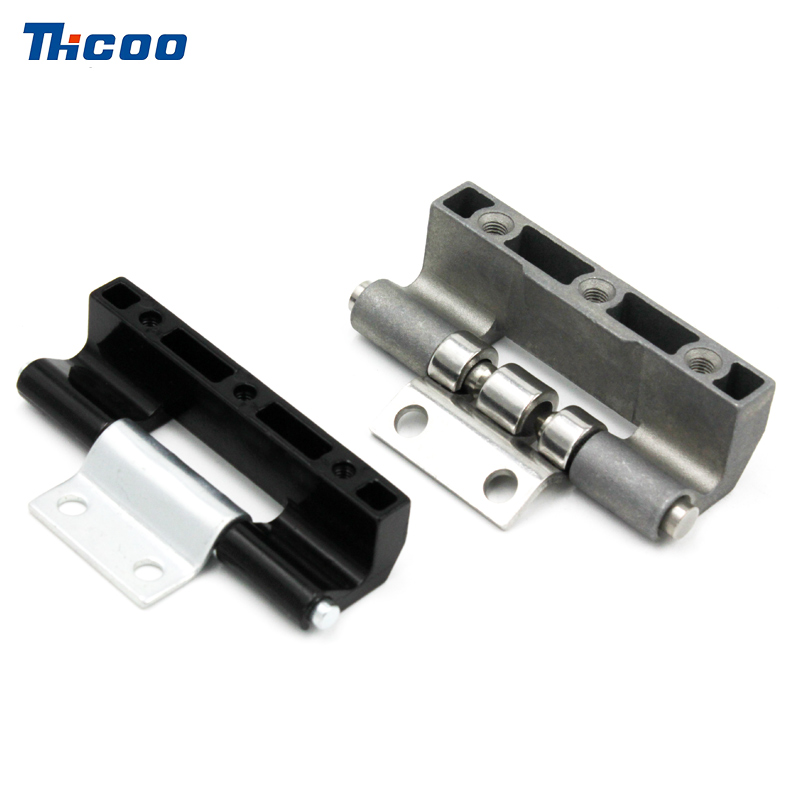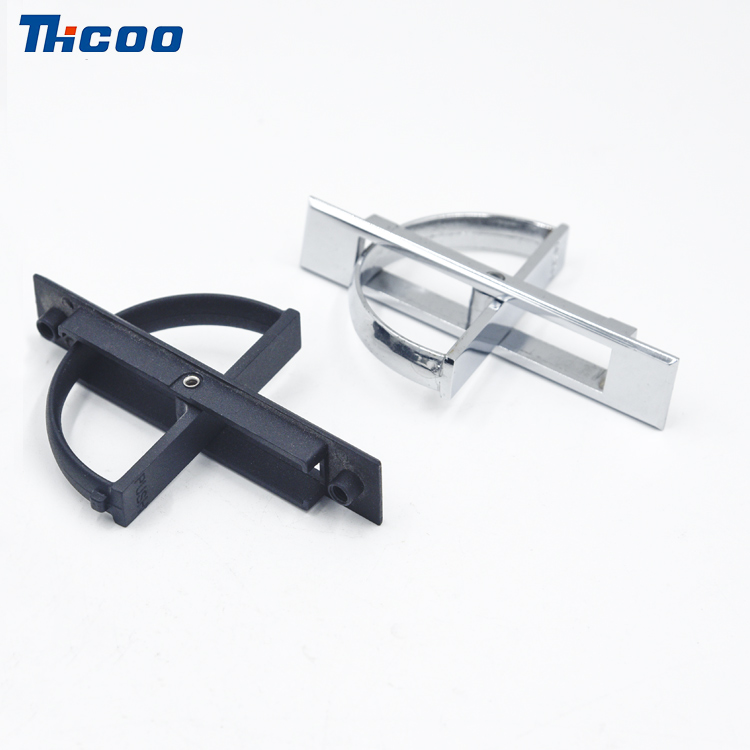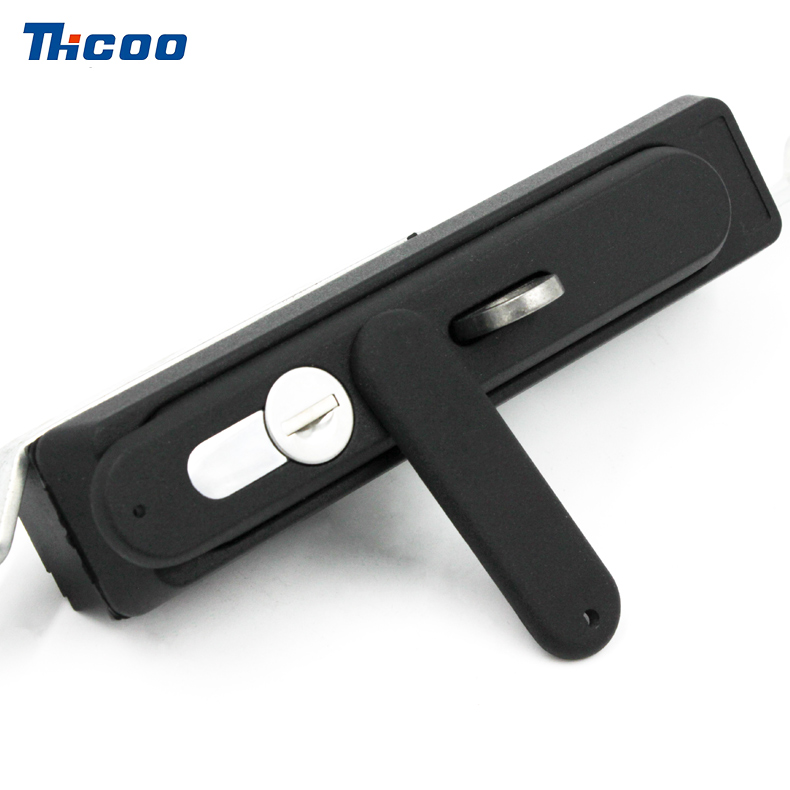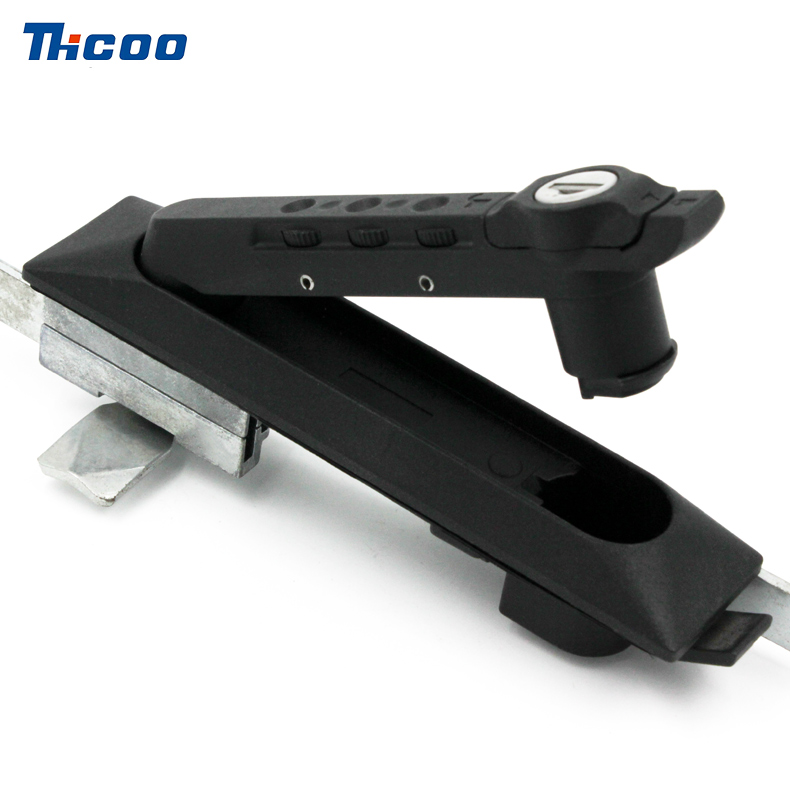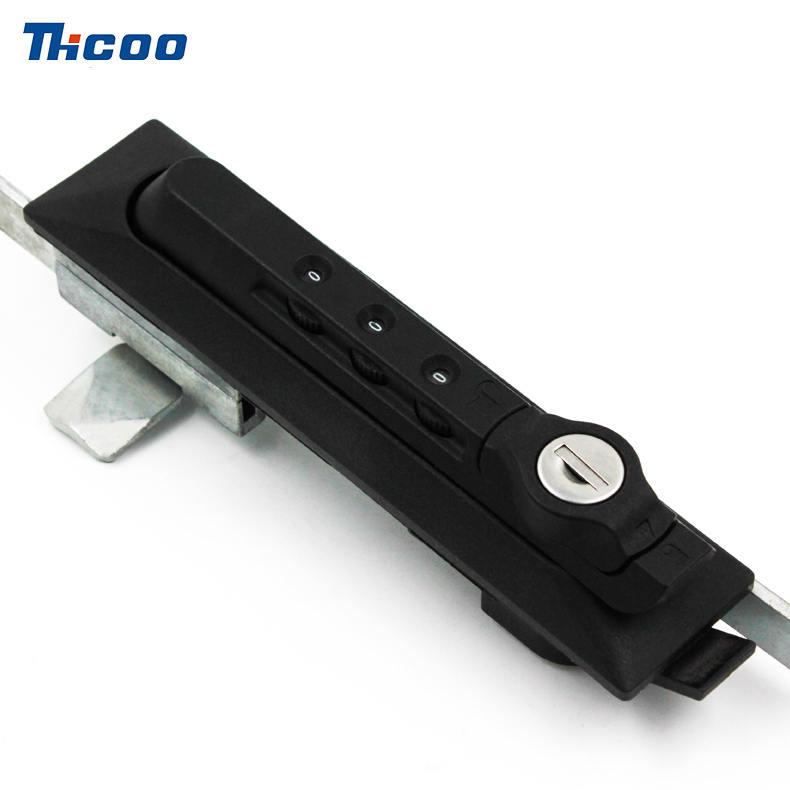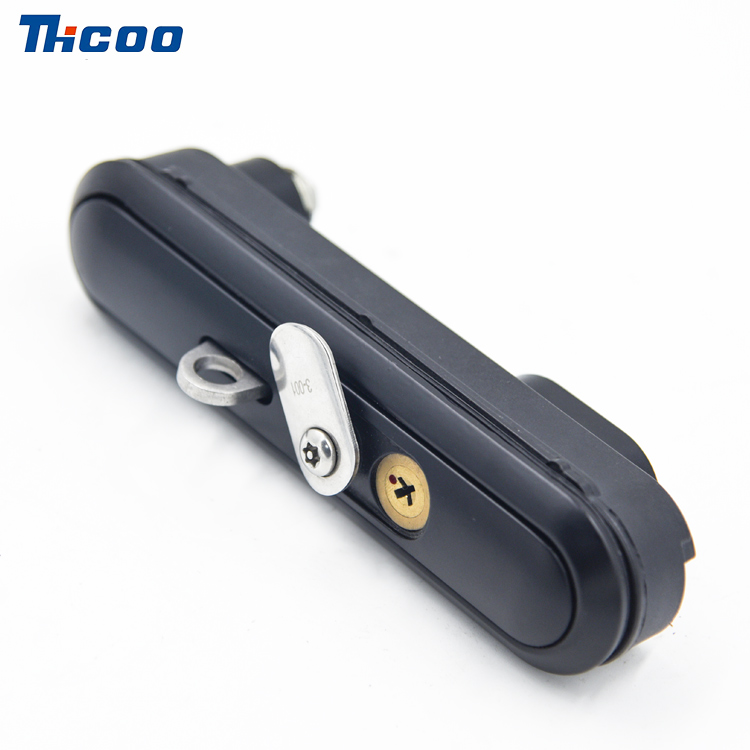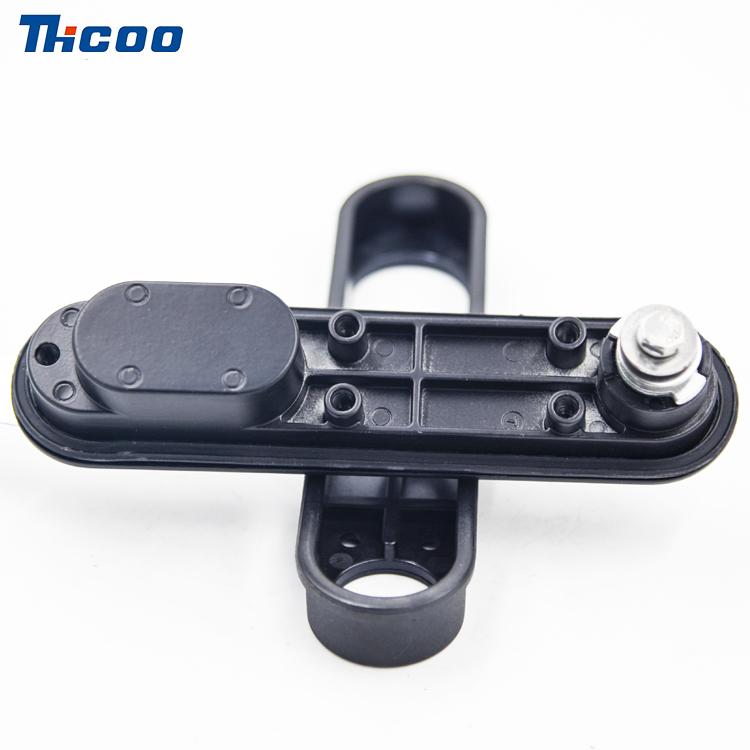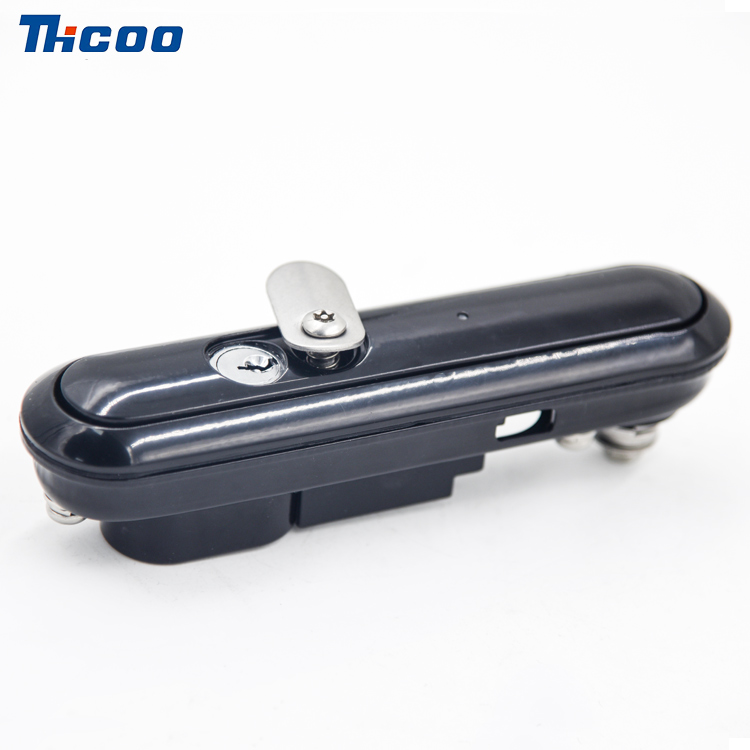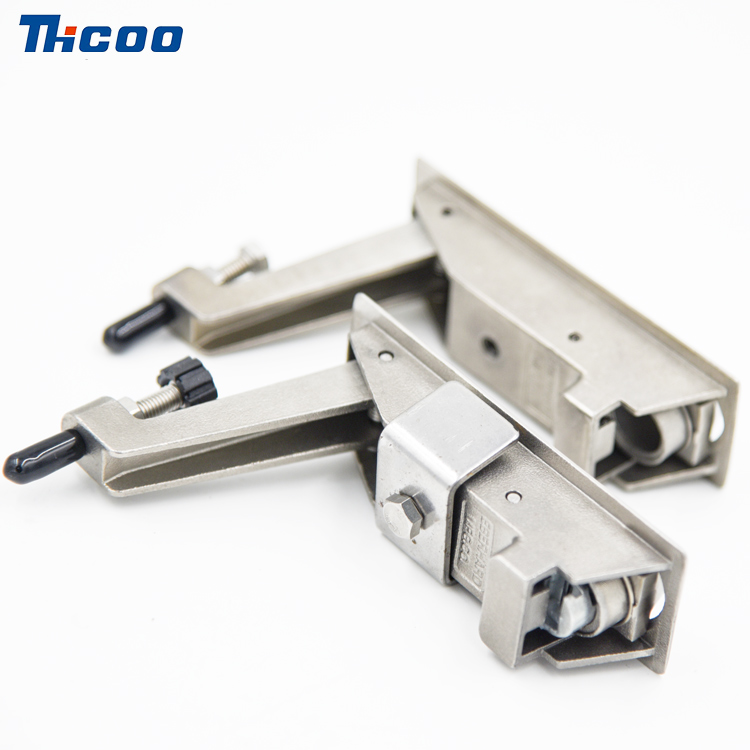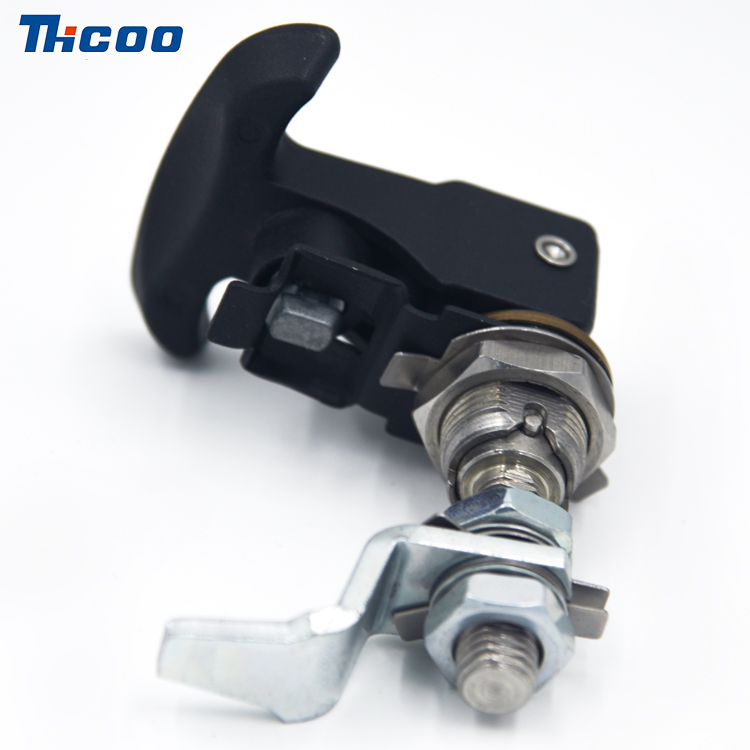The following are the steps for handling severely corroded door hinges, with detailed explanations:
1. Safety protection and preparation
Fixed door body: Use wooden wedges or jacks to support the bottom of the door to prevent the door leaf from falling during disassembly.
Personal protection: Wear thick gloves (to prevent metal scratches) and goggles (to prevent rust particles from splashing).
2. Loosen rusted parts
Penetrating loosening agent:
Spray rust loosening agent (such as WD-40) onto the hinge pin and screw gap.
Static soaking: Severe corrosion requires repeated spraying and waiting for several hours to one night.
Auxiliary vibration:
Lightly tap the shaft pin: Use a hammer to shake vertically along the side of the shaft pin (do not bend it) to promote the breakage of the rust layer.
Shaking the door leaf: Repeatedly sliding the door slightly and using mechanical force to loosen the rust block.
3. Disassemble the hinge
Prioritize taking axle pins:
Use a punch or nail to press against the bottom of the pivot pin and hammer upwards (if it is a detachable hinge).
When rusted, the shaft pin can be slowly rotated and pulled out by clamping it with a vise.
Remove screws:
Choose a screwdriver with precise dimensions and apply vertical force to avoid slipping.
Rusted screws can be heated first (by baking the screw head with a lighter), and then quickly unscrewed.
4. Thoroughly remove rust
Mechanical rust removal:
Wire brush/sandpaper: manually scrape off large rust layers (coarse sandpaper → fine sandpaper gradually polished).
Electric tools: The angle grinder is equipped with steel wire wheels (thin rust) or sandpaper discs (thick rust), which are efficient but require protection against metal being too thin.
Chemical rust removal:
Rust conversion agent: After coating, it turns the rust layer into a black anti rust coating, suitable for complex structures.
Soak in white vinegar: Soak the shaft pin in white vinegar for several hours, soften the rust, and then scrub (low-cost method).
5. Repair and rust prevention treatment
Repairing defects:
Rust pit filling: Fill the holes with epoxy metal putty, and after hardening, polish them flat.
Rust proof coating:
Spray anti rust primer: covering the polished metal surface.
Apply anti rust oil: Cover concealed areas such as the inside of hinges and shaft holes with oil-based anti rust agents.
6. Restructuring and lubrication
Assembly testing:
First, reinstall the door frame hinge page and fix it with half tightened screws.
Hang the hinge page of the door leaf and insert the pivot pin to test the smoothness of rotation.
Long term lubrication:
Thick coat the shaft pin and friction surface with high-temperature lubricating grease (such as lithium based grease).
Avoid spray lubricating oil (easy to lose), and prefer paste or gel lubricant.
7. Selection of severe corrosion
Partial replacement: Only when the axle pin or single page hinge is rusted, customize the same specification parts for replacement.
Overall scrapping:
Replace the hinge directly when the blade rusts through or the structure deforms.
Welding hinges need to be cut and removed by professional personnel.
| Step | Key Actions | Notes & Precautions |
| 1. Safety Prep | • Secure the door with wood blocks/jacks.• Wear thick gloves & safety goggles. | Prevents door collapse. Protects from metal shards/rust debris. |
| 2. Loosen Rust | • Spray penetrating oil (e.g., WD-40) onto pins/screws.• Tap hinge pins vertically with a hammer.• Gently rock the door back and forth. | Reapply oil multiple times. Allow sufficient time to penetrate (hours/overnight). Avoid bending pins. |
| 3. Disassemble | • Drive out hinge pins upward (use punch/nail if needed).• Remove screws: - Use properly sized screwdriver. - Apply heat briefly to stubborn screws first. | For pinned hinges only. Heating helps break rust bond (use lighter/carefully). |
| 4. Remove Rust | Mechanical:• Scrub with wire brush/sandpaper (coarse → fine grit).• Use angle grinder with wire wheel (for heavy rust).Chemical:• Apply rust converter.• Soak small parts in vinegar. | Power tools speed up work but risk damaging thin metal. Rinse vinegar-soaked parts thoroughly. |
| 5. Protect | • Fill deep pits with epoxy filler; sand smooth.• Apply rust-inhibiting primer.• Coat hidden areas (pins/holes) with anti-rust grease. | Primer ensures paint/lubricant adhesion. Grease prevents internal corrosion. |
| 6. Reassemble | • Reattach hinge leaves loosely first.• Insert pins; check smooth rotation.• Apply high-temperature grease (e.g., lithium-based) to pins/friction points. | Avoid liquid lubricants (wash away quickly). Tighten screws fully after alignment. |
| 7. Replacement | • Replace only damaged pins/leaves if possible.• Discard entire hinge if: - Metal is cracked/perforated. - Hinge is bent/welded in place. | Match original hinge dimensions. Welded hinges require professional removal. |
| Priority | Reason |
| Never skip door support | Door weight poses serious injury risk if hinges fail during repair. |
| Replace, don’t force | Over-rusted hinges compromise structural integrity; repair may be unsafe. |
| Primer/lube is mandatory | Unprotected metal re-rusts rapidly. Penetrating oil ≠ long-term lubricant. |
| Patience with penetrants | Rushing reduces oil effectiveness; allow full soak time. |

 English
English Deutsch
Deutsch 简体中文
简体中文 languages
languages 

